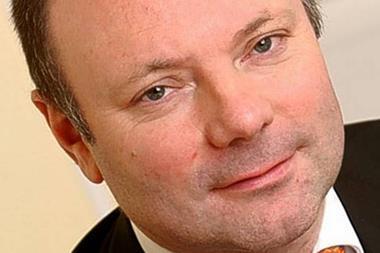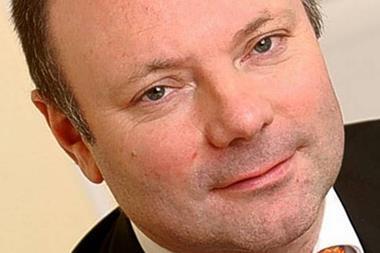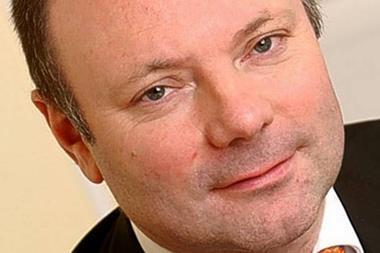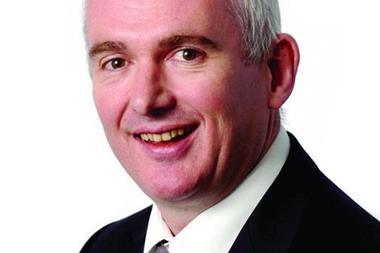‘We will be ready’ when market is receptive and valuation is right, says Fitzmaurice

Hastings Insurance Group will only float on the stock market once three key conditions are met, according to chief executive Edward Fitzmaurice. These are: the company’s own internal readiness, the receptiveness of the markets to a new initial public offering and the ability to achieve a good valuation for the firm on flotation.
Fitzmaurice, speaking following its 2011 results, considers the last two as the biggest drivers of the IPO, but pointed to recent stock market volatility. “The markets in the last year or two have been in uncharted territory,” Fitzmaurice said. “But we will plan to be ready as and when those two triggers are hit.”
A flotation has long been on the cards for Hastings. There had been indications that it would float this year. But the company issued a cautious statement about the planned IPO with its full-year 2011 results, with Fitzmaurice commenting: “There is no pressure on us to drive a process.”
The company still has to tie off some loose ends internally before it is ready for the flotation. While it now reports its results as Hastings Insurance Group - an amalgam of broking firm Hastings Direct and Gibraltar-based insurer Advantage - it has yet to complete the reorganisation of the two businesses under a common holding company. It expects to complete the process in the first half of this year.
“The other things that need to be done will be to put in place the final elements of the Plc board structure and some additional advisers are to be appointed as part of the IPO - but, in general, those would actually happen three to six months ahead of any potential IPO,” Fitzmaurice said.
The company is also preparing to make a cautious push into telematics. It will launch a pilot product in the middle of this year. Fitzmaurice said the company is aiming to sign up around 5,000 customers to the pilot.
“If we took on board 5,000 customers, we would want to run them for at least a year to understand the message that the pilot is telling us,” Fitzmaurice said. “Clearly if it tells us very good news very quickly, we’ll accelerate it, or if it takes more time to understand and analyse it then we’ll take our time. But my gut feeling is that it will be a year for us to look at and analyse the data.”
One area Hastings Insurance Group is not holding back is growth. The company’s profit after tax increased 63% to £26m in 2011 (2010: £16m) on the back of a 39% growth in premiums placed by the broking side of the business to £358m and a 35% growth in gross written premium by the insurance arm to £296m.
The group’s combined ratio remained static year-on-year at 96% as premium growth and the results of better fraud detection and more selective underwriting were offset by greater reinsurance usage and a decision not to recognise profit commissions on quota-share business ceded to Advantage’s panel of reinsurers until a later date.
Fitzmaurice said the company’s strong performance during the year was mainly the result of its low-cost business model and its focus on anti-fraud measures, which Fitzmaurice believes means better results for Hastings’ panel of insurers, including Advantage.
“There was an increase in people shopping around last year,” he said. “That has allowed us to remain a bit more competitive than some of our competition.”
Advantage has increased its panel of quota-share reinsurers, adding PartnerRe and New Re, a Geneva-based affiliate of German reinsurance giant Munich Re, to its existing panel of Swiss Re, SCOR, Hannover Re and ACE.
We say …
● If Hastings’ 2011 results are anything to go by, the company could be a compelling story for stock market investors.
● Hastings also has several other appealing traits for investors. It has combined insurance and broking, which is currently in vogue, and Advantage is pursuing an Admiral-like business model, employing a more capital-light model by ceding risk to reinsurers and earning profit commissions.
● Hastings will compete with Direct Line Group for investors’ attention when it floats, but its smaller size and more Admiral-like traits could help differentiate it.






































No comments yet